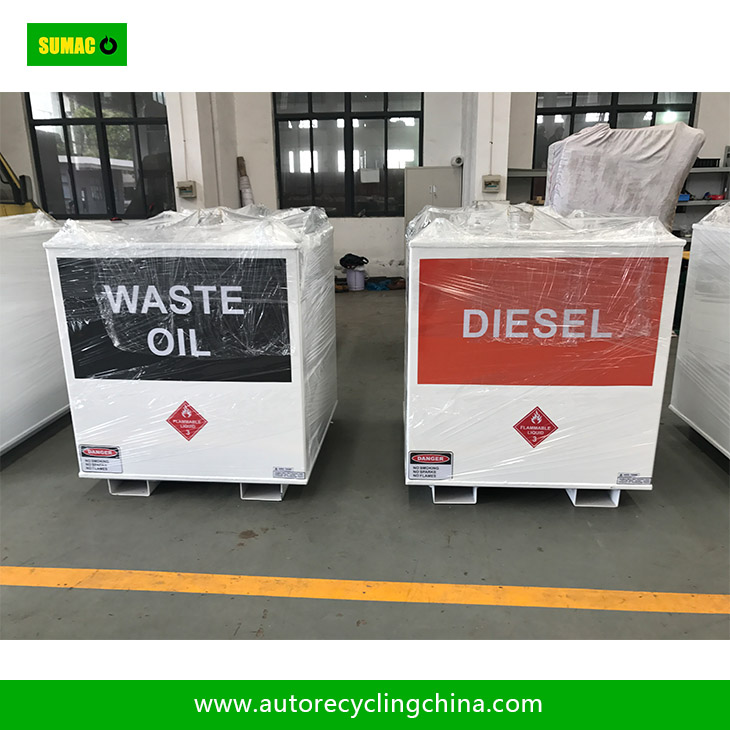Preventing corrosion and leakage in coolant storage tanks is crucial for ensuring their safe and long - term operation. Here are several effective methods to achieve this goal.
First and foremost, material selection plays a vital role. Stainless steel is an excellent choice due to its inherent corrosion - resistant properties. Its chromium content forms a passive oxide layer on the surface, which acts as a barrier against various corrosive substances in the coolant. High - density polyethylene (HDPE) is also a popular option for non - metallic tanks. It is resistant to many chemicals commonly found in coolants and has good durability, reducing the risk of leakage caused by material degradation.
Coating the interior of the tank can further enhance its anti - corrosion capabilities. Epoxy coatings, for example, create a smooth, continuous film that adheres tightly to the tank surface. This film not only blocks direct contact between the coolant and the tank material but also resists chemical attack. Specialized anti - corrosion paints can also be applied, especially for tanks made of metals prone to rust, like carbon steel.
Proper maintenance is essential. Regular inspections should be carried out to check for signs of corrosion, such as pitting, discoloration, or thinning of the tank walls. Any detected corrosion should be addressed promptly, which may involve sandblasting and reapplying the protective coating. Additionally, ensuring that the coolant itself is in good condition helps. Maintaining the correct pH level and adding appropriate corrosion inhibitors to the coolant can prevent chemical reactions that lead to corrosion.
To prevent leakage, the design and installation of the tank need attention. Welds and joints should be carefully inspected during installation to ensure they are leak - proof. Using high - quality gaskets and seals at connections, such as for pipes and access hatches, is also necessary. Pressure testing the tank after installation and periodically during its service life can detect potential leakage points before they become serious problems.


